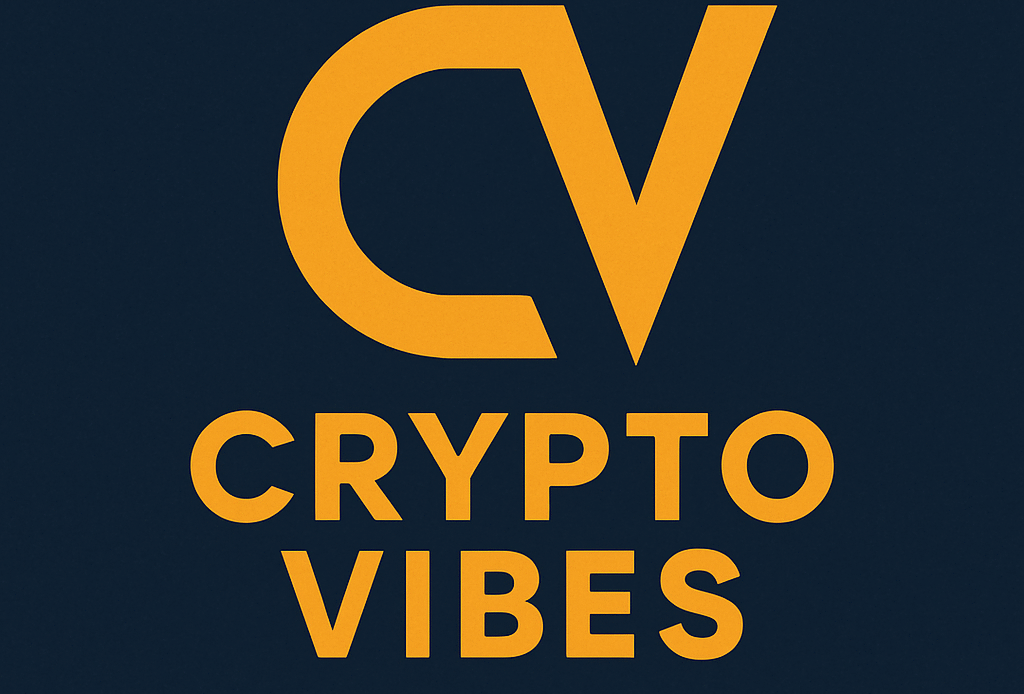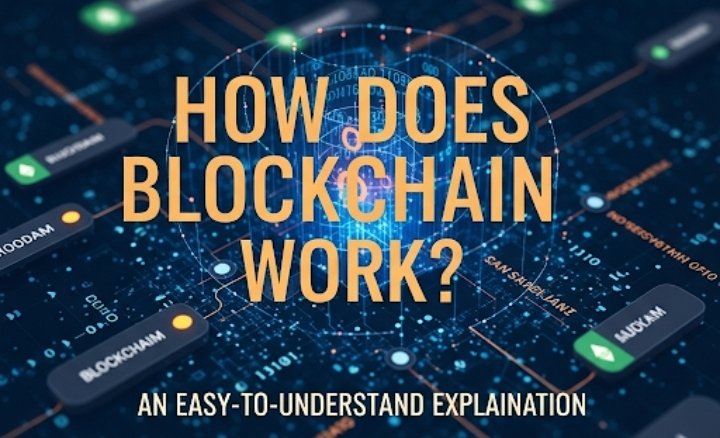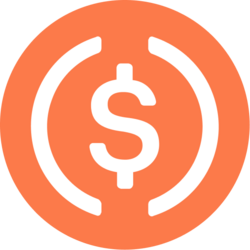Imagine a digital tablet that is not stored in one place but is copied and participated across thousands of computers. Every time a new entry, like a sale, is added to the tablet, the maturity of computers in the network corroborate it. Once vindicated, this entry is permanently recorded and can not be changed. This is how blockchain workshop. At its core, blockchain is a groundbreaking distributed tally technology (DLT). Unlike traditional databases managed by a single reality, a blockchain is decentralized. This means its data is spread across numerous actors in a network. This difference brings unequaled translucency, security, and permanence.
The Building Blocks
Blocks and Chains
The term “blockchain” itself describes how the technology structures data. It has two main rudiments:
Blocks
These are like individual runners in our digital tablet. Each block contains a set of vindicated deals, a timestamp that shows when the block was created, and a “hash,” which is a unique digital point of the block’s contents.
Chain
Once a block is filled with vindicated deals, it’s linked to the former block in the sequence, forming a chronological and tamper-proof chain. This linking happens through the hash of the former block, which is included in the current block.
Think of it like a train. Each train auto, or block, carries weight, or deals, and is securely connected to the auto in front of it using a unique locking medium, or hash. However, its cinch changes, and it no longer matches the cinch of the auto behind it, if anyone tries to tamper with a auto. This makes any tampering incontinently apparent to everyone.

The Process
How Deals Get Added to the Blockchain
The trip of a sale onto the blockchain involves several crucial ways:
Sale Request
Someone starts a sale, for illustration, transferring cryptocurrency to another person.
Verification
The sale request is broadcast to the entire network of computers, frequently called “bumps.” These bumps corroborate the sale grounded on predefined rules, like whether the sender has enough finances.
Block Confirmation
Vindicated deals are whisked together into a new block.
Mining/Consensus
Depending on the type of blockchain, a process called “mining,” in Proof-of-Work systems like Bitcoin, or “agreement,” in Proof-of-Stake and other systems, occurs. In mining, computers break complex cryptographic mystifications to validate the new block. In agreement mechanisms, colorful actors in the network agree on the validity of the new block through different voting or confirmation processes.
Chain Addition
After the network validates the new block, it’s added to the end of the being blockchain. This addition is endless and can not be reversed or altered without the agreement of the entire network.
Sale Evidence
The sale within the recently added block is now considered verified and complete.
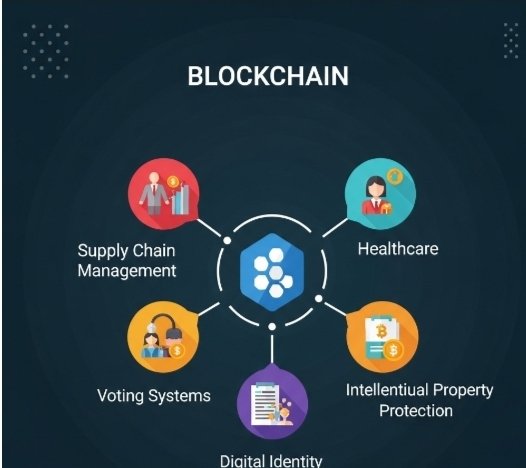
Why is Blockchain So Secure?
Blockchain’s security comes from several crucial features:
Decentralization
With data spread across numerous computers, there is no single point of failure or vulnerability that hackers can exploit. To compromise the blockchain, an bushwhacker would need to control a maturity of the network at the same time, which is veritably hard for large, established blockchains.
Cryptography
The use of cryptographic mincing ensures the integrity of each block. Any change to a block’s content would alter its hash. Because each posterior block contains the hash of the former one, any tampering would break the chain and be incontinently conspicuous to the network.
Invariability
Once a block is added to the blockchain, it’s veritably hard to change or cancel it. This permanence ensures a clear and auditable record of all deals.
Consensus Mechanisms
The demand for network actors to agree on the validity of new blocks adds another subcaste of security. It prevents bad actors from adding fraudulent deals to the tally on their own.
Beyond Cryptocurrencies
Diverse Applications of Blockchain
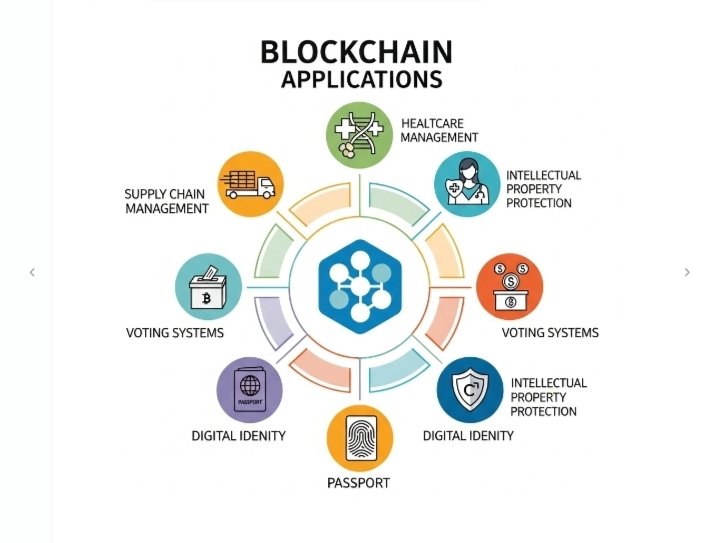
While blockchain came popular through cryptocurrencies like Bitcoin, its uses go far beyond digital currencies. Its secure and transparent nature makes it suitable for numerous industries, including:
Supply Chain Management
Tracking goods and vindicating their authenticity as they move through the force chain.
Healthcare
Securely storing and participating patient medical records.
Voting Systems
Making voting processes more transparent and auditable.
Digital Identity
Managing and vindicating digital individualities securely.
Intellectual Property Protection
Tracking power and operation of digital means.
In conclusion, blockchain technology is a groundbreaking invention that offers a secure, transparent, and endless way to record and manage data. By spreading data across a network and using cryptographic ways, it removes the need for a central authority and provides a solid foundation for colorful operations that need trust and data integrity. Understanding the introductory principles of how blockchain workshop is pivotal for navigating our decreasingly digital world.

